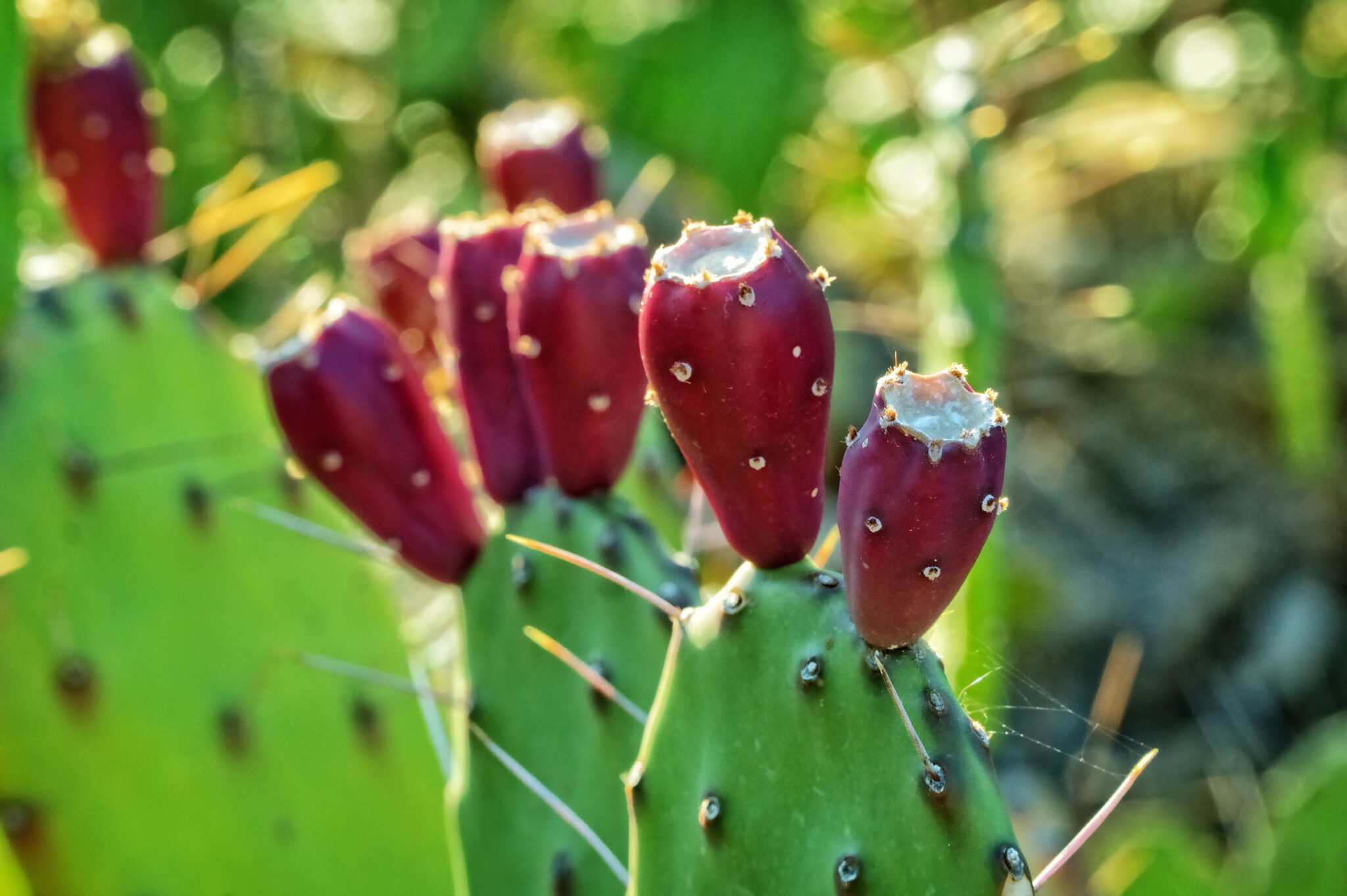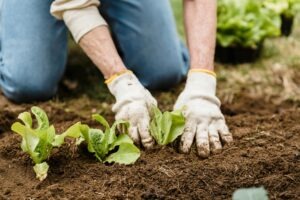
Today we have a pretty clear idea where our food comes from: the grocery store.
Of course, we know that food is actually grown and raised on farms, but most Americans today have spent little to no time at a farm or ranch. True, some keep a garden, raise backyard chickens or hunt, but for the majority of us, food comes from the store and is wrapped in plastic.
Author Eric Knight would like to change that. He encourages Texans to get outside and find their food by foraging for the edible plants. Knight will introduce foraging with a book talk and signing on March 26 at the Garden.
Foraging is experiencing a surge in attention, with articles about the practice recently running in the New Yorker, Martha Stewart Living and Texas Monthly. It’s a logical extension of the renewed attention to where our food comes from and how it was produced. “Farm to table” is no longer news—it’s time for “field to table.”
Foragers claim many benefits to the practice. Many plants and mushrooms that grow in Texas are not only edible but tasty. The food you eat costs only your time, allowing you to extend your budget at a time when grocery bills are creeping higher every month. And foragers describe a sense of satisfaction that comes from picking your food yourself.
| Foraging Texas Book Talk & Signing March 26, 9 – 10:30 am Foraging for Native Edibles at Tandy Hills (Walk #1) March 26, 12 – 1 pm Foraging for Native Edibles at Tandy Hills (Walk #2) March 26, 2 – 3 pm |
Writer Allison P. Erickson described foraging as “a process of learning, unlearning, and relearning.” She wrote in a 2021 Texas Monthly article, “I’m learning to use all of my senses to evaluate the proper shape, texture, color, and scent of a potential harvest. I’m unlearning the overreliance on shelf-bought kitchen produce. I’m relearning how to connect with the younger side of me that used to dig around in the dirt.”
Becoming a forager requires some preparation, since while some plants are delicious, others can poison you. Fortunately, numerous resources are now available to help foragers tell the yummy from the yucky. Knight’s book Foraging Texas: Finding, Identifying, and Preparing Edible Wild Foods in Texas guides readers to more than 90 edible wild foods and healthful herbs. Other guides and resources are available at bookstores and online.

Foraging with a guide is a powerful way to learn the tips and techniques of experts. Knight will be leading two foraging walks with FWBG | BRIT on March 26, at noon and 2 pm. The most important thing to remember is that you should put safety first. Do not consume anything that you are not 100 percent confident is safe.
It’s also important to learns the laws surrounding foraging; for example, in Texas, you must have the permission of the landowner to collect plants from his or her property. Ethics should also be considered. You should respect the land and the plants from which you are harvesting. Take only what you need and leave some roots, leaves, flowers and seeds behind so the plant will thrive for years to come.
Not many people will be able to eliminate trips to the grocery store completely. But even limited foraging excursions will give you a new experience of food and connect you to the people who came before us and lived off this land.







